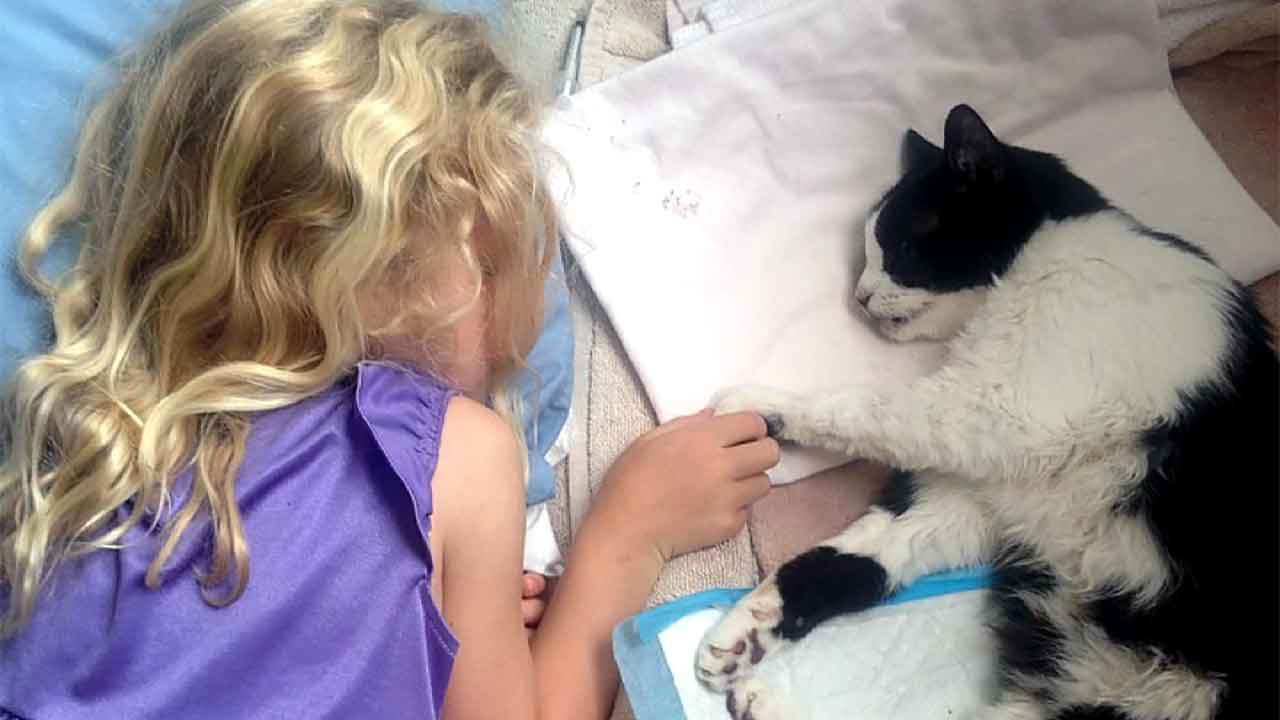
Introduction
"I've worked as a loss and bereavement support for pet parents for over a decade and there is so much in this course and training that gives the work I do more accreditation. The subject of continuing bonds really spoke to me as a true and valid way of continued healing after the loss of a companion animal. I know it will speak to others who are not only going through it themselves but who might also be supporting those who are." ~ Elizabeth
To learn more about the AHG Certification Program, please review How It Works and Enroll Today!
 |
Elizabeth Allen is a writer, poet and blogger who writes books about her life with animals. She is a student in our Animal Hospice Practitioner Certification Program through Animal Hospice Group, bringing what she believes is more accreditation to the field of animal hospice. She has supported pet parents with end of life decisions and bereavement support for the past fifteen years. You can check her out at The Caretakers Animal Care. |
Continuing Bonds – How the love continues after the loss of a companion animal
For The Love of Animals | Written by Elizabeth Allen
“Dog and Cat – such small words for something that takes up all of your heart”
Many of us know from experience that the loss of a companion animal can be equal to, if not more deeply felt, than that of the loss of a human relationship. One might think that a bold statement, unless of course one has loved and lost an animal. Then it becomes their truth and what gets lived from that point onwards falls into a category of living still yet to be named, for it is in the aftermath of loss that the everlasting endurance and mystery of love gets fully lived.
The first week after the loss of a beloved companion animal is quite surreal, especially if the animal caregiver had been supplying hospice care for any period of time. The world continues to turn but the grieving pet parent feels (although they may not say it to anyone) that it should stop at least for a day, to honor the spirit of their beloved, departed family member. The veil between both worlds comes down like a blanket of comfort for those in mourning, and the opportunity for experiences beyond explanation can find their way into the lives of those left behind, those deeply bonded to the deceased animal. This can be translated into the power of love that continues despite the loss of the physical vehicle that the animal and human so thoroughly enjoyed.

We’ve often heard the term “soul wound” to describe the effects of loss on the soul of a person who is going through the grieving process and it is no less significant when it is ascribed to the heart of a grieving pet parent. Finding peace with the process of bereavement is necessary and possible, although sometimes it might require some outside help, but suffice to say leaning into grief as opposed to ignoring it is the gentler, softer path to healing, and in doing so one is apt to experience the soul wisdom that lies within the process that can be found no place else.
As the loss of a beloved companion animal is deeply felt and lived, continuing bonds can lead to post traumatic growth and can assist in building a meaningful tie with the animal that can renew and often times reinvent the relationship. Some animal caregivers do nurture and cherish their continuing bonds with their deceased animals which can help give more meaning and depth to their bereavement process and journey into living the rest of their lives without their physical presence, and coming to terms with that benevolent reality.
Continuing bonds can and do evolve on the caregiver’s own time and on their own terms helping rebuild the rapport that was severed by death. They are just one of the many ways pet parents can acknowledge the depth of love and the resilience of the heart after the significant passing of a beloved family member that happens to have four legs and uses woof or meow as their preferred language of love.
Please show us all that you like this article by sharing, commenting, and/or giving this a "LIKE" on Facebook. Photo credit (blog post banner): Julie Austin Photography
